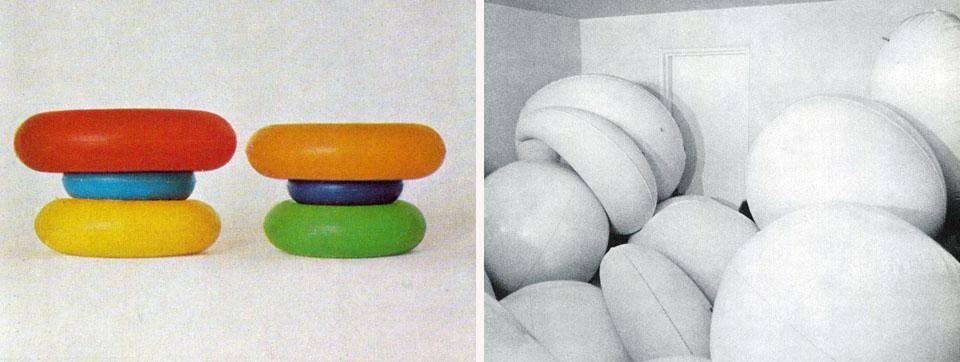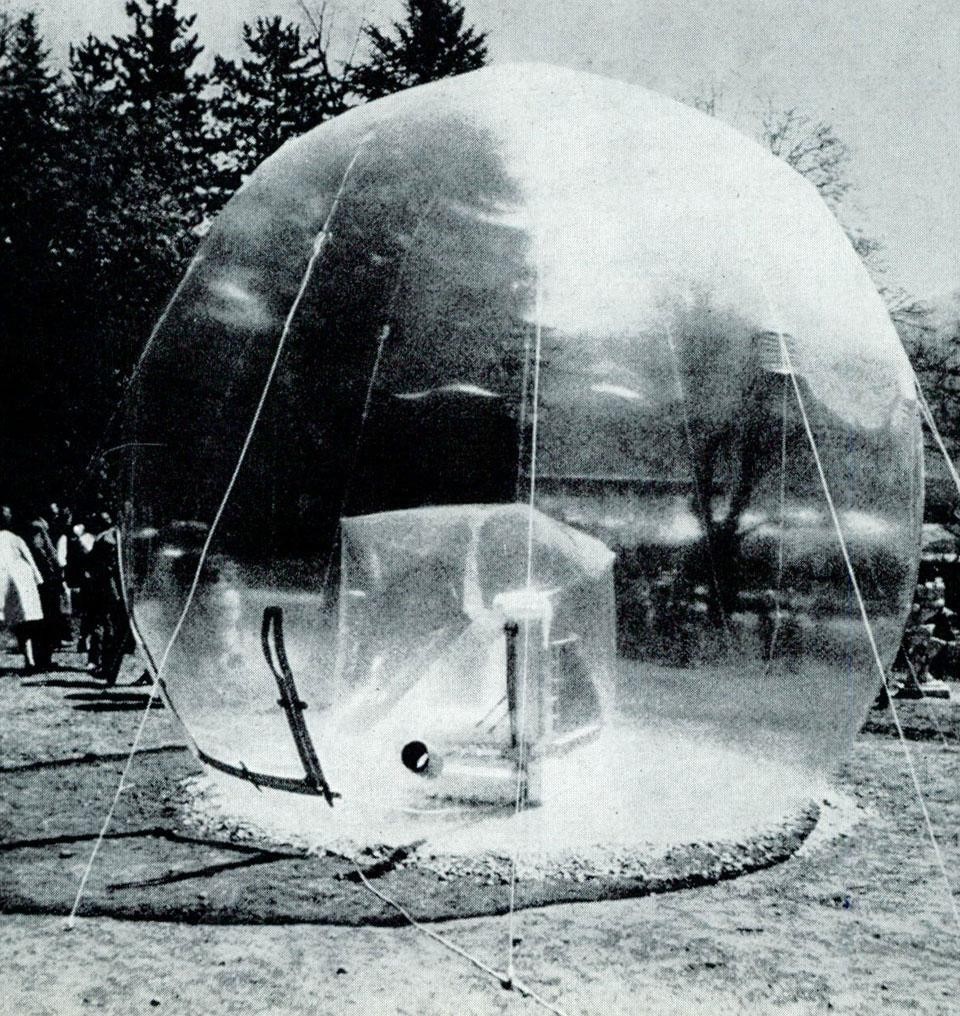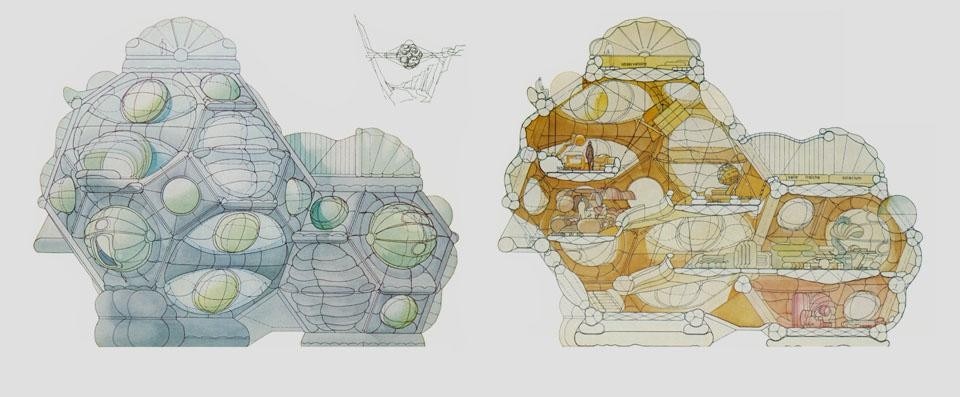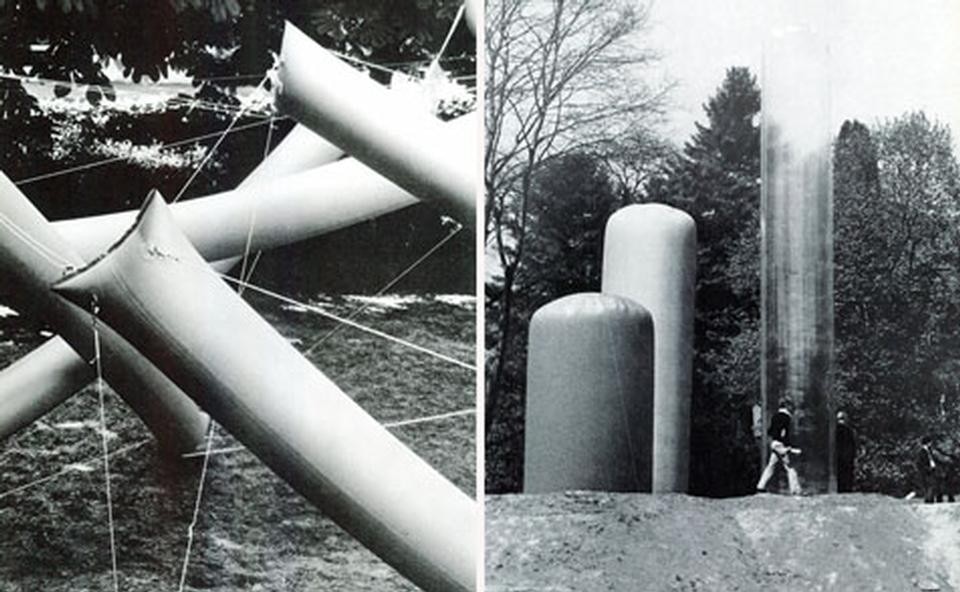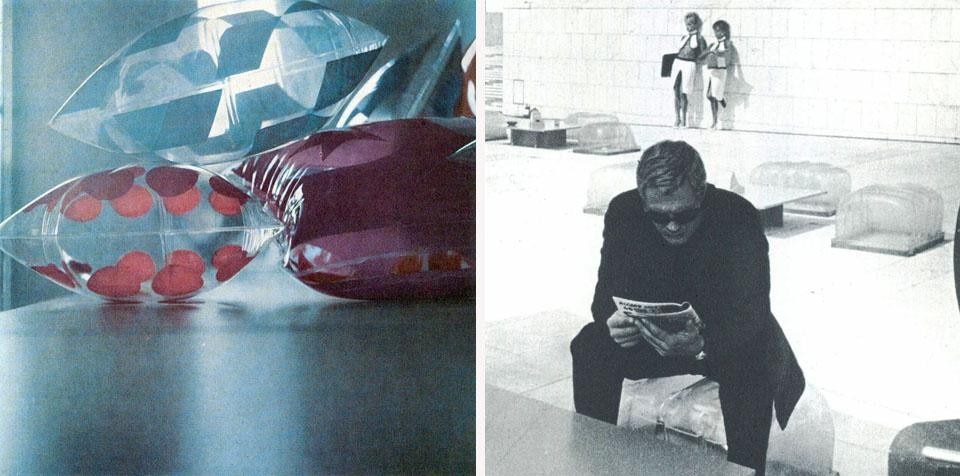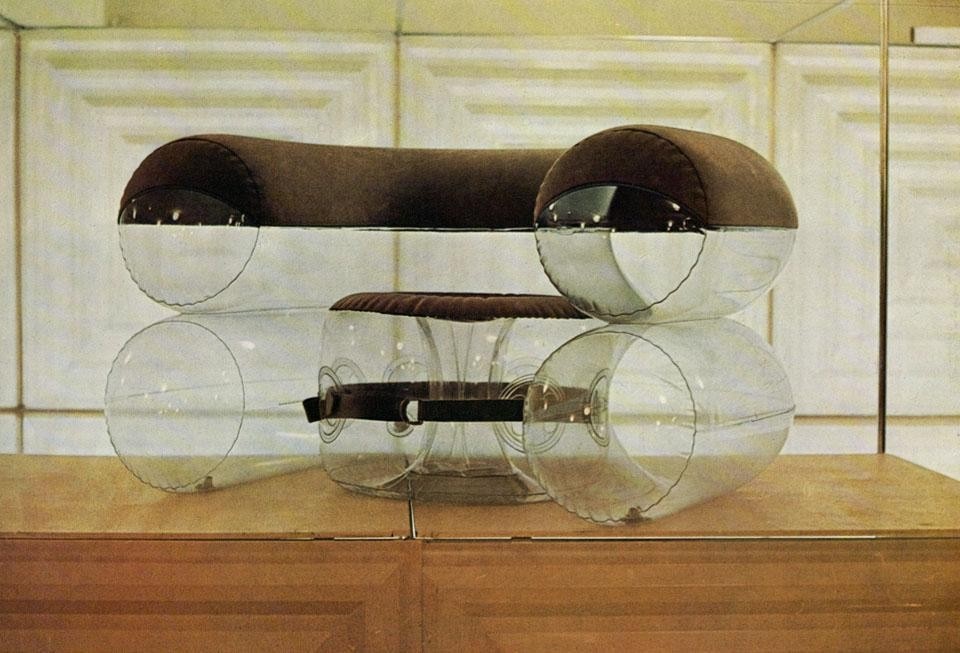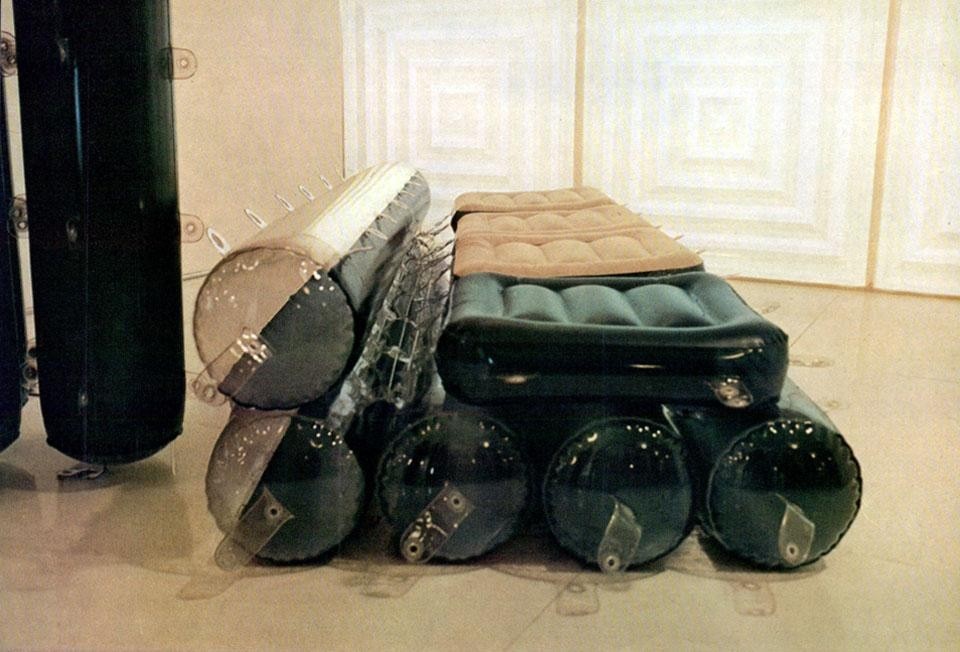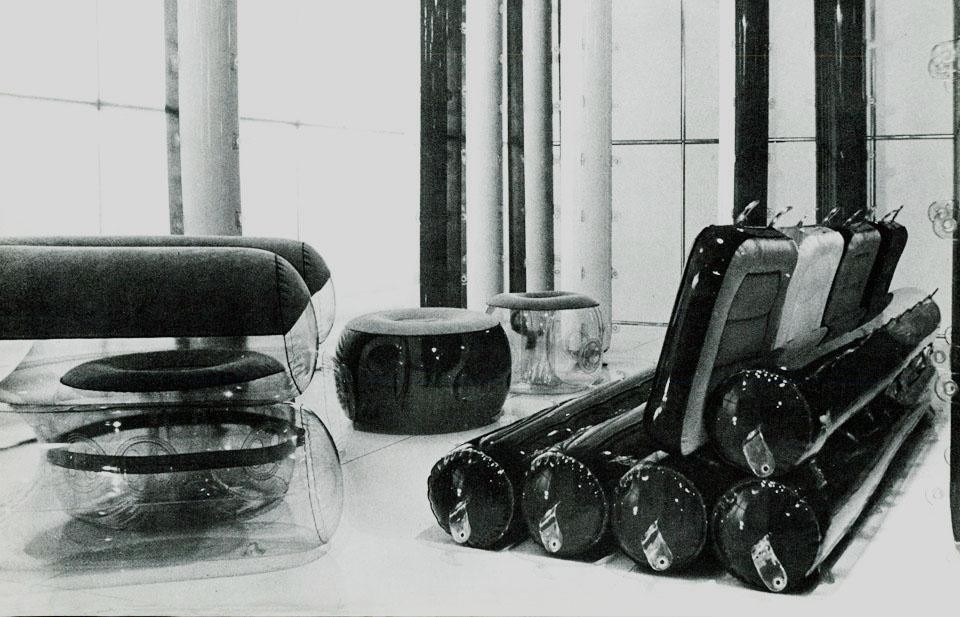Inflatable Furniture
Man managed to fly for the first time clinging to a balloon. For centuries, he studied and experimented with complicated flying machines, perfect mechanisms that cost many a life of study, observations and life itself. Then the situation changed: a membrane, hot air and up into the sky. Air solved a problem as old as the world. Today we solve many of our problems with air; just think of car tires, and even if there is no real Science of the Inflatable, our interest is clear in this ever-expanding technique that contributes to changing and improving our lives.
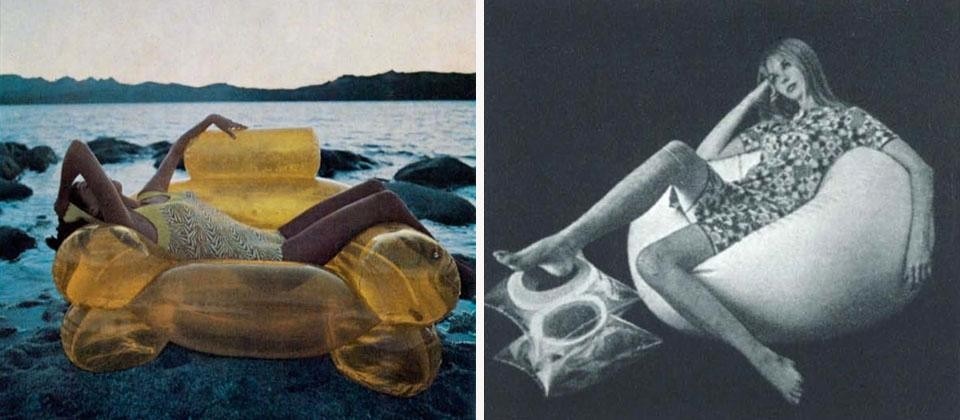
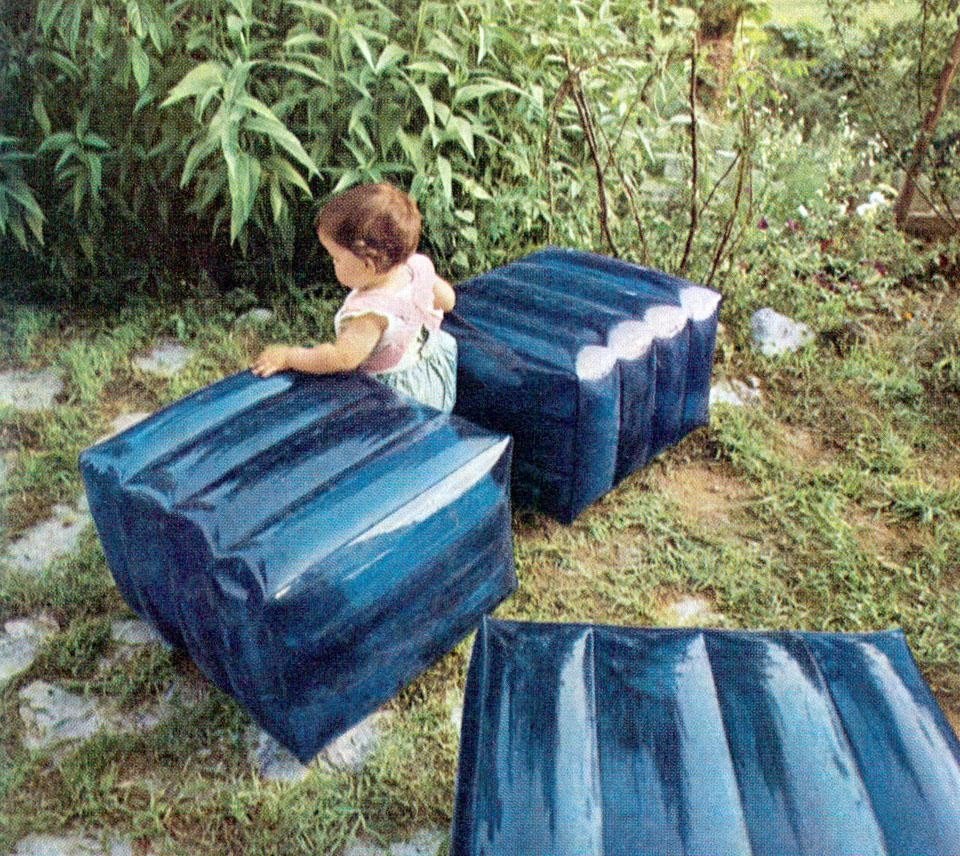
Even in architecture and urbanism, the studies and examples of pneumatic applications do not fail to fascinate us with their science fiction connotations.

